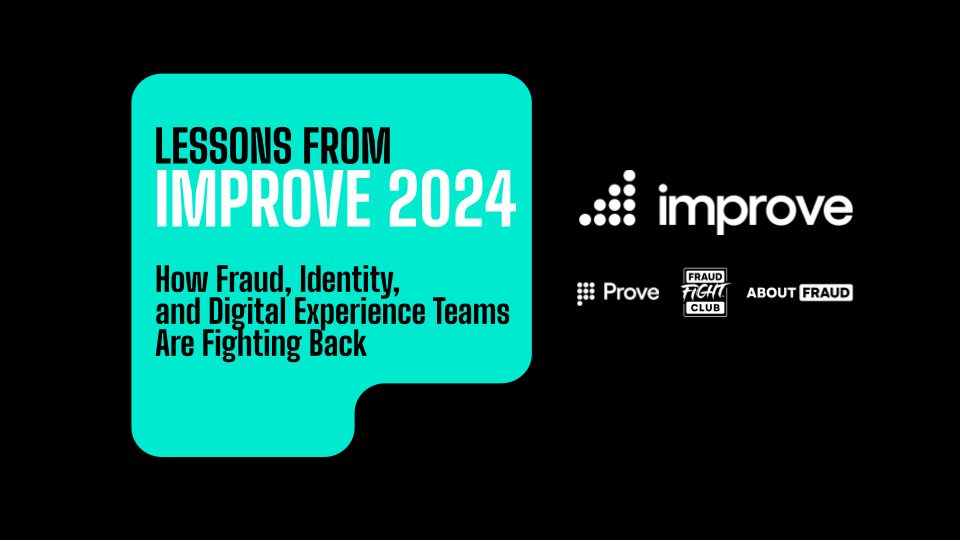Business impacts, new frameworks, and managerial implications
The rise of the ever-growing relationship between technology and financial services is bringing significant changes to the banking industry, which is becoming a battleground where competition is developing to be increasingly multifaceted. Shifting market conditions, customer needs, the entrance of new players & digital technologies, and new regulations are reshaping the whole industry and financial intermediation. Digital transformation is about technology and about change, which is beneficial and desirable. In this scenario, FinTechs are becoming one of the main game-changers in the financial services market by leveraging the inherently interconnected nature of finance.
Even though the technology is widely spreading in the industry, the human element will likely remain key in the future of banking as it is a ‘people business’ (Omarini, 2015). Visions, strategies, business models, and actions can be effective by consciously stepping away from the noise. Both banks and FinTechs will have to face ever-changing conditions and develop the ability to balance short-term targets and long-term goals, as well as short-term moves and a longer-term vision.
All of this increases the need to have a resilient financial system, which helps keep up the customer’s trust in developed countries and creates an environment conducive to financial inclusion in the developing ones.
The book Banks and Banking: Digital Transformation and the Hype of FinTech intends to pursue four main goals:
- To highlight the clues for understanding the changes financial services industries have undertaken in the most developed countries.
- To picture the role FinTechs are playing in the market and the financial services industry and view the next challenges they will face.
- To outline how banks react to participating in a fragmented, highly competitive, and open landscape.
- Finally, to highlight the innovative attempts the financial services industry is undertaking to change, transform, and evolve itself.
This book came about from the idea that enriching the perspectives through which we look at things makes each of us more aware of our decision-making processes – it helps us try to develop a more in-depth critical thinking approach to view why, when, and how to take the next step in our choices.
This book’s subject matter can be summarized in the following 10 points:
- Banking will remain a ‘people business’ (Omarini, 2015, Palgrave McMillan), which means that certain factors – such as trust, distinct professional knowledge, soundness, and a strong culture of fact-based decision-making – will keep their relevance.
- The real challenge is financial innovation. The challenge lies in knowing where innovation will take off and where it will land (think of Open Banking).
- APIs are not the main issue in the next banking business game – they are how effective and robust strategies can get in touch with one another. Vision and strategy still remain the main issues.
- Invisible banking is taking shape in the market, and an emphatic need for intermediation exits. Are we sure customers want it, though?
- If data is the new oil, it needs humans to refine it and make it meaningful for customers.
- In-depth financial and banking knowledge is fundamental and strong competencies on both old and new rules are required. They are all crucial to step into the market and move ahead.
- Both banks and FinTechs have to move beyond seamless end-to-end experiences.
- The next step, as well as the future challenge, is to create a true differentiating strategy for both banks and FinTechs to make their business less replicable and resilient over the long term.
- Everything seems to be moving from unbundling and rebundling products & processes to fragmenting old value chains while framing platforms and ecosystems where stakeholders co-evolve.
- The business is still complex, and its complexity has increased. It has been exacerbated by digital technologies and new frameworks developed in the financial market so far.
In conclusion, the message is to step away from the noise in the market and move straight towards true changes useful to the industry while balancing competition, innovation, and financial soundness. Under this scenario, regulators and supervisors ought to play a key role in being wise and fair agents of change.
To learn about Prove’s identity solutions and how to accelerate revenue while mitigating fraud, schedule a demo today.

Keep reading

Marketplace Risk, a leading authority in risk management for online platforms, has announced the recipients of its annual Solution Provider Excellence Program. This prestigious initiative spotlights industry leaders in risk, trust, and safety solutions, showcasing their expertise in addressing the challenges encountered by digital marketplaces, gig economy, and digital platforms. Among the winners is Prove.

Last week, almost 200 fraud, risk, and identity professionals gathered in Charlotte to deliver a collective knockout punch to fraud. And from all accounts, the punch landed.

Global Leader in Identity Verification and Authentication Demonstrates Substantial Impact, Enabling Enterprise Customers to Generate $2 Billion in Revenue














